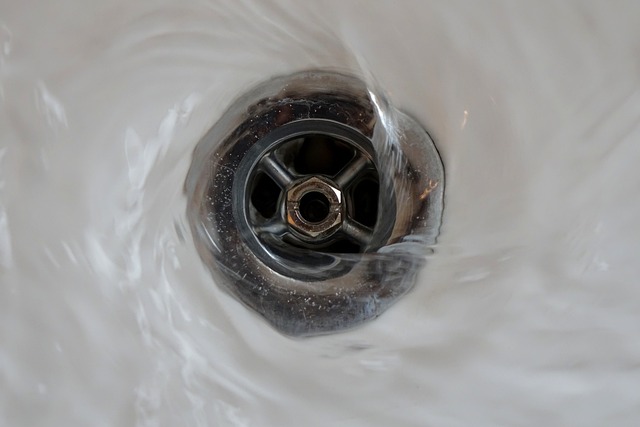Different Types of Roofing Materials: A Comprehensive Guide
When it comes to choosing the right roofing material for your home, it can be overwhelming to navigate through the numerous options available. Each type of roofing material has its own set of advantages and disadvantages, and it’s important to consider factors such as durability, cost, and aesthetics before making a decision. In this comprehensive guide, we will explore the different types of roofing materials to help you make an informed choice.
One of the most popular roofing materials is asphalt shingles. They are affordable, easy to install, and come in a wide range of colors and styles. Asphalt shingles are also durable and can last up to 30 years with proper maintenance. However, they may not be the best choice for areas with extreme weather conditions, as they can be prone to damage from high winds and hail.
Metal roofing is another option to consider. It is known for its longevity, with some metal roofs lasting up to 50 years or more. Metal roofs are also highly resistant to fire, insects, and rot. They are lightweight and can be installed over existing roofs, reducing the need for a complete tear-off. However, metal roofs can be more expensive than other materials, and they may require additional insulation to prevent noise during heavy rain or hailstorms.
For those looking for a more eco-friendly option, a green roof might be the answer. Green roofs are covered with vegetation, providing insulation and reducing stormwater runoff. They can also improve air quality and create a habitat for birds and insects. However, green roofs require regular maintenance and can be more expensive to install than traditional roofing materials.
If you’re looking for a classic and timeless look, slate roofing might be the right choice for you. Slate is a natural stone that is highly durable and can last for over a century. It is fire-resistant, waterproof, and requires minimal maintenance. However, slate roofing can be expensive and requires a strong and sturdy roof structure to support its weight.
Another option to consider is clay or concrete tiles. These roofing materials are known for their durability and can last up to 50 years or more. They are resistant to fire, insects, and rot. Clay and concrete tiles also provide excellent insulation, helping to reduce energy costs. However, they can be heavy and may require additional reinforcement of the roof structure. They can also be more expensive than other roofing materials.
Wood shingles or shakes are a popular choice for those looking for a natural and rustic look. Wood roofing is environmentally friendly and can be made from sustainably sourced materials. It provides good insulation and is resistant to wind and impact. However, wood roofing requires regular maintenance to prevent rot and insect infestation. It is also more susceptible to fire and may not be allowed in certain areas with strict fire codes.
In conclusion, choosing the right roofing material for your home is a decision that should not be taken lightly. Consider factors such as durability, cost, and aesthetics before making a choice. Consult with a professional roofer to get expert advice tailored to your specific needs. Remember, the best roofing material for one home may not be the best for another. Take your time, do your research, and make an informed decision that will protect your home for years to come.



